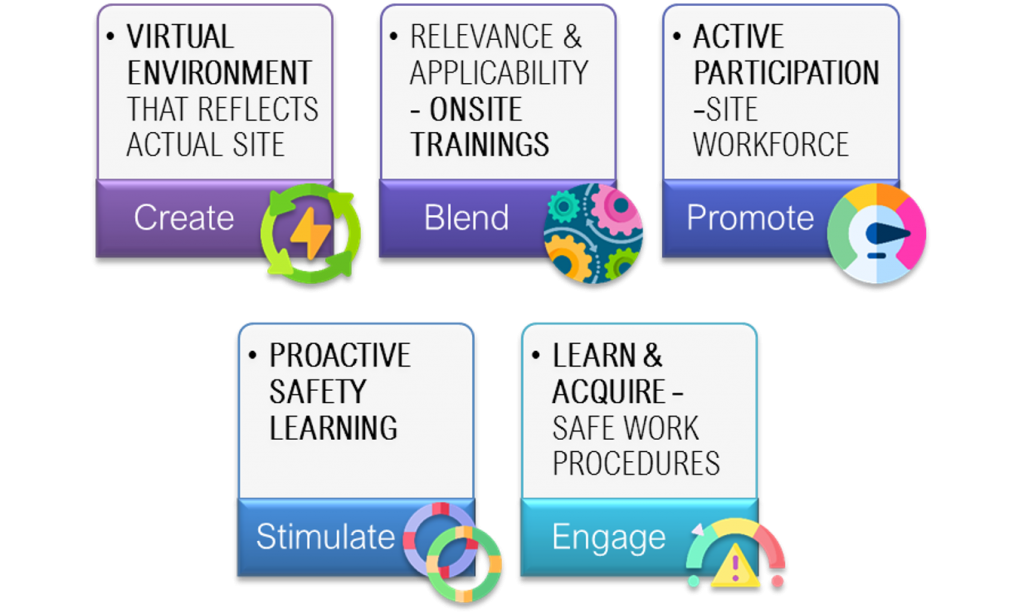Superior training development for Project sites

Construction work has a high accident frequency and fatality rate compared to other industries, despite the constant attention on safety and accident prevention at sites. Projects are often called as Greenfield or brownfield, depending upon the site and type of work that would be undergoing. In the past, safety accidents were considered as construction workers’ liability, whereas it is now an established norm that corporations have equal responsibilities.
Greenfield development projects are those that are developed on pristine land without previous construction work. There is no need to remodel or demolish an existing structure on a Greenfield site. Pre-developed sites, which are modified or upgraded, are brownfield projects. While the former is untouched, latter is an abandoned site which was previously occupied by a permanent structure.
The term ‘brownfield’ was introduced by U.S Environmental Protection Agency (2002) to also underline the fact that these abandoned sites may have either been contaminated with hazardous substances or perceived to be under similar threat. One of the important challenges in such projects (big or small) is to avoid the unexpected changes or “surprises” that are often uncovered during detailed design or worse-still, during construction. Such surprises tend to cause projects to recycle, exceed budget or extend schedule. These changes can affect the ability to obtain an inherently safe design where the risk is ALARP.
Out of 100 cities that are under the ambit of the Smart City Mission in India, 90 cities have brownfield sites, i.e. they involve redevelopment and retrofitting on pre-developed land. The ability to identify and address safety issues early, especially in the life cycle of these major projects has significant value.

Enhancing the training experience
Simply becoming familiar with the layout of the current facility, mapping potential hazards, identifying safety critical tasks and training site workers for the same minimize adverse impacts that are detrimental to the working scenario. On majority of the Greenfield sites, the extension of roads and major road intersection work, adjustment of sewer and storm water outfalls and providing external electricity supply are vital during construction.
When safety trainings are consistent with the actual work on the site, workers feel confident in undertaking tasks. Common construction activities are excavations, scaffolding, welding and gas cutting, tower crane activities, work at height etc. onsite.
Safety preparedness is one of the factors that is paramount while working for these construction projects – trained workers take safe approaches in completing tasks, especially when they face risks and hazards.
This allows a greater perception into potential problems under construction – helping viewers feel and grasp the scale of spaces, pressure of materials and scope of observation. Animated movies stimulate higher level of understanding and retention as their visual depiction enables the characteristics and actualities of the scenes.
In construction, safety holds value and safety trainings through animation maintain the balance between the capacity of large number worker training and the capacity to provide indirect experience through safety scenarios.
The fundamental objective of safety trainings is to reduce unsafe acts and worker accidents – continuous animated safety trainings not only contribute to increasing construction site workers’ understanding of safety but also serve ultimately as an essential stepping-stone for accident prevention.


